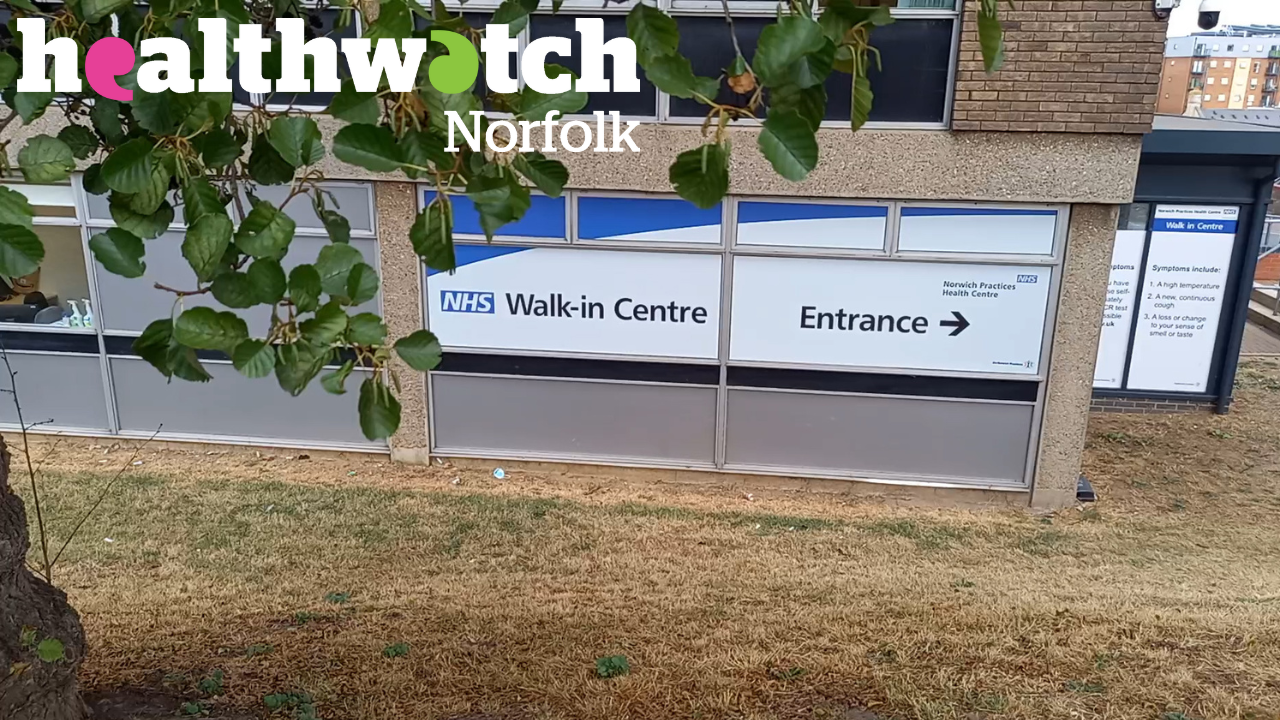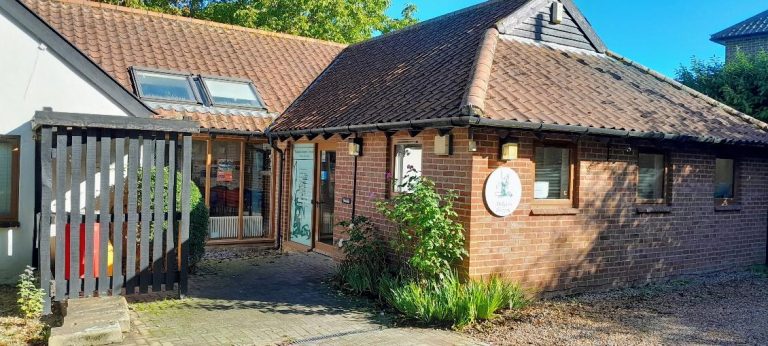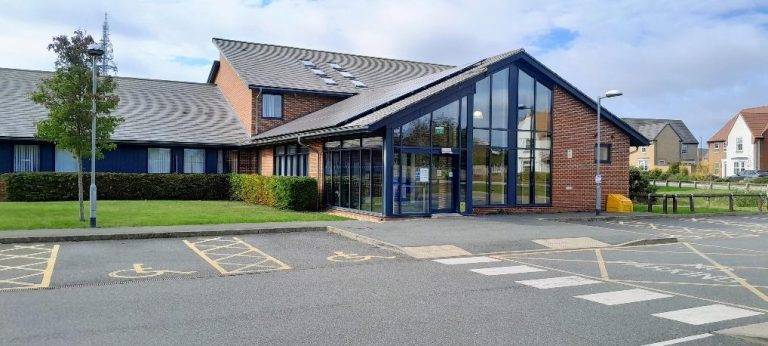Healthwatch Norfolk was commissioned by OneNorwich Practices to gather feedback on the Norwich Walk-in Centre from members of the public and professional stakeholders. Given recent service changes during the Covid-19 pandemic and current pressures on the NHS, the aim was to ensure these voices are considered in any service change proposals that take place nationally and locally for the future development of the Walk-in Centre.
We did this by conducting semi-structured interviews with Walk-in Centre staff and other professional stakeholders, including primary care providers around the region and voluntary sector organisations that work with vulnerable groups. We also conducted a public survey to gather varied and alternative points of view on the Walk-in Centre and adapted these questions to use in focus groups comprising the voices of the ‘seldom heard’ (which we define as under-represented people who use, or might potentially use, health or social services and who are less likely to be heard by these service professionals and decision-makers).
Healthwatch Norfolk discussed the range of interviewees with OneNorwich Practices, who asked us to speak to members of specific seldom heard communities, as well as professionals from relevant stakeholder organisations. We were also asked to contact GP practices with concerns about sustainability and rural GP practice managers.
From the interviews, focus groups, and public survey, Healthwatch Norfolk was able to gain a broader understanding of public awareness of the Norwich Walk-in Centre and people’s experiences and expectations of it.
From the interviews with Walk-in Centre staff and clinicians, we found that around 250 patients a day were seen at the Walk-in Centre, of which 10% were referred to A&E and the rest discharged home. Some changes made during Covid, such as the triage system and the respiratory clinic, have streamlined the service. Other changes, however, have proved more challenging and have had a negative impact on waiting times, such as the need to test people for Covid and infection control restrictions on waiting inside. These have been compounded by the centre’s location, where space to wait outside is limited, unsheltered and next to a busy road.
The 473 survey participants answered the survey digitally, with 80% of them accessing it through their GP practice website. These respondents’ awareness of the Walk-in Centre was high, 88% of them knowing about it prior to receiving our survey. This contrasted with data on vulnerable populations such as asylum seekers, who were described as largely unfamiliar with the walk-in centre and dependent on support organisations to direct them to it.
Similarly, people of no fixed abode were impacted by lack of information on available walk-in centre provision from GP practices, local organisations that support vulnerable people, and on the walk-in centre website. Lack of information was also mentioned as a barrier to access by primary care providers in rural Norfolk, along with distance and transport links.
Throughout the survey a significant number of respondents described unavailability of their own GP during regular working hours as a reason for accessing the walk-in centre. Convenient access for those who worked irregular hours and/ or in and around Norwich city centre was also mentioned as a reason for visiting. These survey respondents were generally happy with waiting times, 75% saying they had waited to be treated for less or as much time as expected, and many referring to their experience as ‘well organised’.
Overall, the walk-in centre was seen as a good intermediary option between primary and emergency care, with both walk-in centre staff and members of the public describing it as playing a valuable role in local GP care provision at a time when GP practices are under-resourced and A&E is struggling.
Challenges to being seen included waiting conditions, such as having to wait outside and inaccurate waiting times. This was a particular issue for vulnerable groups such as those with special needs/ their parents and carers, parents of young children, people of no fixed abode, the elderly, and those with mobility issues.
Walk-in Centre staff recognised the extra challenges that waiting times and conditions posed to more vulnerable people, despite the triage system, and said they were trying to address these by applying for funding for an additional specialist clinic for those with complex/ additional needs, including children.
Most survey respondents (69%) rated their overall experience as ‘good’, recognising the hard-working, kind staff, good organisation, and the essential nature of the service under very challenging circumstances. Most (86%) survey respondents also ‘completely’ or ‘somewhat’ got the help or advice they needed from the Walk-in Centre and most (66%) would return in the future.
Of those survey respondents with a less than positive experience, the main reasons for this were waiting times/ waiting outside, as well as lack of parking and expensive parking fees. A few mentioned negative interactions with staff, referring to stressed, rude or intimidating clinicians, receptionists, or security guards. Respondents of no fixed abode were especially put off by security guards. Those who were unsure about using the Walk-in Centre in the future referred to distance and insufficient knowledge around service provision and opening hours.
Again, the Walk-in Centre was aware of patients’ frustrations and is trying to obtain funding for extra resources to alleviate queues and waiting times, such as extra staffing and a clinic to prioritise vulnerable people, which would prevent them having to move into escalation.
When asked about potential future services, only 26% of people were not interested in telephone or video appointments. Of these, a preference for a face-to-face service was the main reason, along with issues with communication, or, in the case of some of those with chronic conditions, because of concerns about the Walk-in Centre’s lack of access to their medical histories. Most respondents recognised the convenience of telephone/video appointments, especially when it came to avoiding waiting and travelling. This was especially true for those in rural areas, who, although with a marked preference for seeing their own GP, said they were likely to accept telephone/ video appointments as a viable out-of-hours alternative, especially if this resulted in a prescription which could be accessed locally.
Existing services such as blood tests and respiratory clinics were seen as useful by over half of survey respondents and all the focus group respondents (several of whom had chronic conditions). Many survey respondents hadn’t been aware these services existed and again referred to a lack of communication and outreach from the Walk-in Centre about service provision. Despite the low levels of public awareness, the Walk-in Centre itself credited these clinics in helping them to manage the flow of people, which is reflected in the majority perception of the service as ‘organised’.
When asked what they thought could be improved about the Walk-in Centre, survey respondents mentioned extra facilities for disabled people, seating, better parking, improved communication on waiting times via the website, more staff and rethinking the system where people had to queue outside. The most requested future services in both focus groups were an emergency dental clinic and a mental health clinic. Walk-in Centre staff agreed that the increasing number of mental health patients was a challenge, especially when they didn’t have access to their GP records.
Outside of Norwich, both rural/ market town professionals and rural/ market town members of the public mentioned a lack of out-of-hours primary care provision. These members of the public were especially welcoming of the idea of telephone and video appointments, whilst professionals emphasised the need for a satellite Walk-in Centre that could treat minor injuries and signpost vulnerable people to additional services.
Recommendations
As a result of this feedback, we have made several recommendations to the Walk-in Centre regarding improving the service, outreach, and patient experience.
1) A full economic assessment of the Walk-in Centre as a basis for investment in further services
2) Investment in further services to include additional clinics, additional services such as telephone/ video appointments, and staffing. Significant long-term investments would include seeking alternative premises for the Walk-in Centre and a satellite Walk-in Centre in another part of the county.
3) Review waiting conditions – to rethink the protocol for waiting outside/ queuing, considering extra facilities for disabled people, shelter, and funding for an additional clinic. To include improved communication on waiting times via a digital/ non-digital communication strategy (see below).
4) Improved communication and outreach – to develop a communications plan of in-person engagement (supported by Healthwatch Norfolk to ensure a consistency in approach), and digital and non-digital promotional materials. These will encourage ongoing relationships and provide data on Walk-in Centre patients, GP practice patients around Norfolk, and vulnerable populations.
5) Improved partnership working with GP surgeries – to develop digital record sharing protocol to better treat those with chronic conditions and mental health problems.
6) Review policies on privacy and discretion – to provide further training for staff on communicating with members of the public during triage and developing protocol around more discrete sharing of intimate materials/ information.








